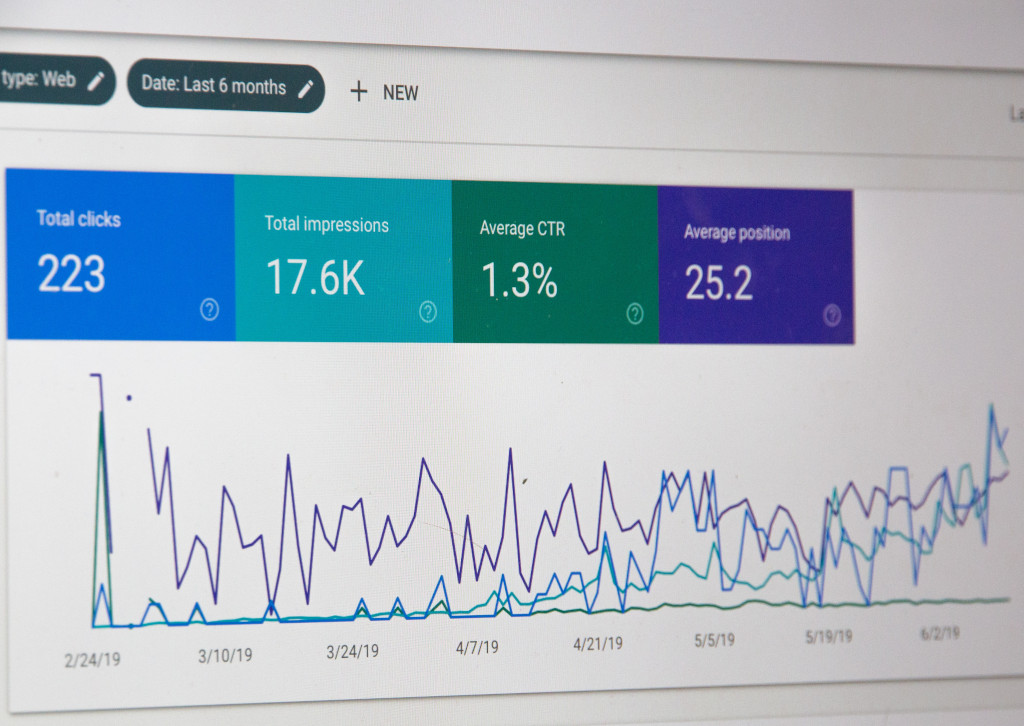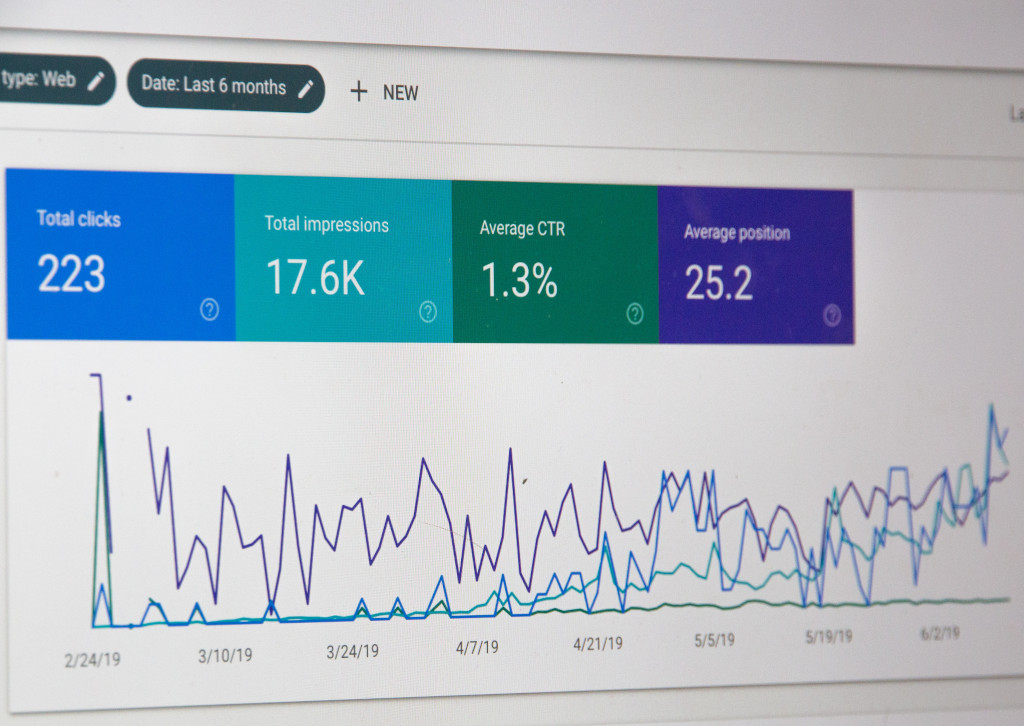
30-second summary:
There are many factors that affect your AdSense performance right from content quality, ad placements, media selection, and so onHigh traffic doesn’t directly indicate high earnings, in fact, some of your practices may be equivalent to handing out money to your competitionHere are six informed steps to help you earn more from AdSense
Throughout this guide, you’ll learn how to increase your Google AdSense earnings by making some very simple changes and by following a few simple tips. In my personal experience, this can help skyrocket your AdSense CPC and results can increase your AdSense earnings by more than five times.
Your aim and objective throughout should be to gradually increase your AdSense CPC and CTR little by little and by following these simple tips you are bound to see results.
Don’t forget to keep on testing and your AdSense earnings will surely increase over time. Just don’t give up quickly!
1. Content is king on the internet and also on AdSense
The reason content is placed at the top of all the other tips is because it is the single most important rule to follow on your journey through SEO and internet marketing. It is the first thing your visitors, advertisers, and bots (ad bots and crawl bots) will notice after coming to your webpage.
If you are providing your users with low quality or outdated content, Google will rate your website much lower and your CPC (the bids advertisers make to appear on your website) will greatly fall. This can also get you smart-priced, even if you generate quality traffic on low-quality content.
So remember, always provide your readers and visitors with something unique and worthwhile which will actually acknowledge rather than something which has already been posted on a thousand other websites.
2. Ad sizes and placements are decisive
Do not neglect the placement and size of your Google AdSense ads as they play an important into delivering a better user experience and thus, improving your AdSense earnings.
“While creating ad sizes and placements, user experience and ad viewability should be the center focus”, explained SEO expert Boris Dzhingarov, in an email interview.
“Some placements and ad sizes will disrupt users, particularly if they’re covering content. Others, however, will fail miserably as the users never see them leading to a decrease in AdSense revenues”, he added.
So the question now is: where should you place your ad and which of Google’s display ad sizes are best for your business? The answer is pretty simple, place two ads inside your blog posts (or content) and one outside the post. Keep one 336 x 280 large rectangle ad on the top of the blog post just below the title and place the second ad in the middle of the blog post as a 468 x 60 sized banner. The remaining unit can be placed to the right of your post inside your sidebar.
Position your AdSense ad units as such to not annoy your visitors by popping right in their faces. Instead, perfectly fit inside your content, or in positions that you aim to get more clicks from.
For example, a site that provides file downloads can have an AdSense Ad Unit right near the download link to get a High CTR.
3. Monitor and limit the use of AdSense ad units
Have you tried limiting the use of your AdSense ad units? The biggest difference I myself have noticed is that by reducing the ad units which had the lowest CTR you can quickly and easily increase your AdSense CPC.
What usually happens is if you don’t have enough content to support all the ad units is that lower-paying ads start showing on your websites. This may increase your click-through rate (CTR) and bring in more clicks but because the ads may not be relevant to your website (public advertisements). This results in your CPC falling and your AdSense earnings decreasing. If you are increasing your ad units ultimately you are making it easier for advertisers to be shown on your website meaning an even lower CPC (because of low bids).
Remove the low CTR ad units and replace them with the higher paying ad units which have a higher CTR and your earnings will rise automatically.
Trying these tips for a couple of days will make you notice a real improvement and an important increase in low AdSense CPC.
Google AdSense Custom Channels will be necessary to keep track of things. This will give you a precise and clear idea of the best-performing ad slots. Measure the CTR, CPC, CPM, and earning of every ad unit.
Create custom channels for every ad slot and monitor their performance for at least two weeks to get an idea of things. If you keep changing ad units too often without testing them thoroughly you might get inaccurate results and miss out on better opportunities by placing your ads elsewhere.
How this is going to help in increasing your AdSense CPC?
Remove the low-performing ad units from your website (Compare CTR and final earnings of different units). Google should now serve better ads to other remaining ad slots which are performing well, so your earnings and CPC will increase.
4. Enable both text and image, media-rich ads
Always enable both text and image ads on your websites. Never limit your ad visibility to ‘Only image/media-rich ads’ or ‘Only text ads’ as this will lower the bids for advertisers to appear on your website. This directly means low AdSense CPC.
If you enable ‘Both text and image ads’ AdSense will automatically show the ad with the highest bid on your website which means a higher CPC for you.
In short, the more advertisers that are bidding to appear on your website the higher your AdSense CPC will be.
5. Keywords, keywords, and more keywords!
Try researching to find keywords with ‘High AdSense CPC’ and a ‘High Search Volume’. Searched globally using the Google Adwords keyword tool. Search, search and search some more to find specific keywords which have low competition, high CPC, and high search traffic.
After researching you can start creating your website pages, blog posts, and articles on such high-value keywords. Always use these keywords naturally at the beginning, the middle, and the end of your content. It is also very useful to add them to your headings or tags.
Try not to bother with keywords that pay a few cents and those that have a low CPM. Ideally, I would recommend grabbing keywords with a CPC higher than $2.50.
This should be the most important part of your mission. You would never want a page that earns one dollar from five to 10 clicks. Rather you want a page that pulls an impressive four to five dollars out of just two ad clicks, or maybe even $40 dollars out of just eight clicks!
If you don’t concentrate on your keywords, even if you have a lot of traffic you will be wasting it and not earning a substantial amount. Imagine this as handing out money to your own competition! By targeting the right keywords you can make a lot more with a lot less traffic.
Research on the Google keyword tool today and increase your Adsense CPC and earnings.
6. Reduce fraud, accidental, and useless clicks
Do you have an ad unit placed near the top of your content that gets a high CTR? Can this also be because of the awkward location that some people end up clicking on your ad by mistake? When this happens, the visitors often back out or close the ad. This is counted by Google as either an accidental or fraud click.
You may temporarily get earnings from these clicks but they will most probably be reverted due to the low-quality nature of the click.
So always try to minimize any accidental or useless clicks on your AdSense ad units and NEVER ask your friends or family to click on your ads!
Jacob M. is a copywriter, marketing blogger, inbound marketing consultant, and founder of Write Minds. He can be found on Twitter @jmcmillen89.
Subscribe to the Search Engine Watch newsletter for insights on SEO, the search landscape, search marketing, digital marketing, leadership, podcasts, and more.
Join the conversation with us on LinkedIn and Twitter.
The post Google AdSense Guide: increase earnings and escape low CPC appeared first on Search Engine Watch.


















